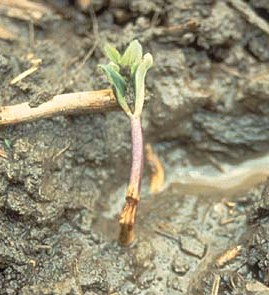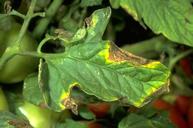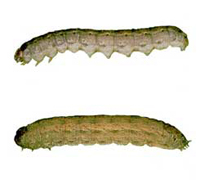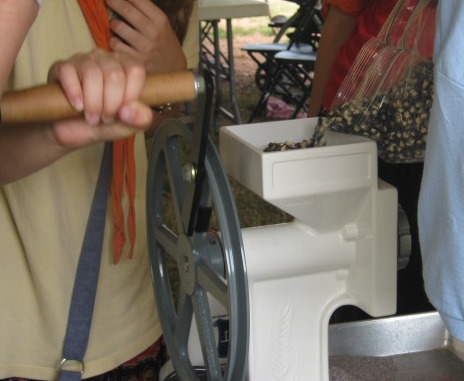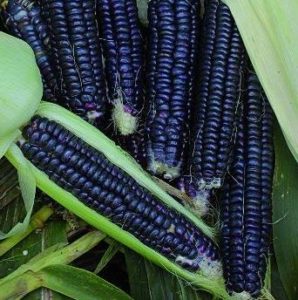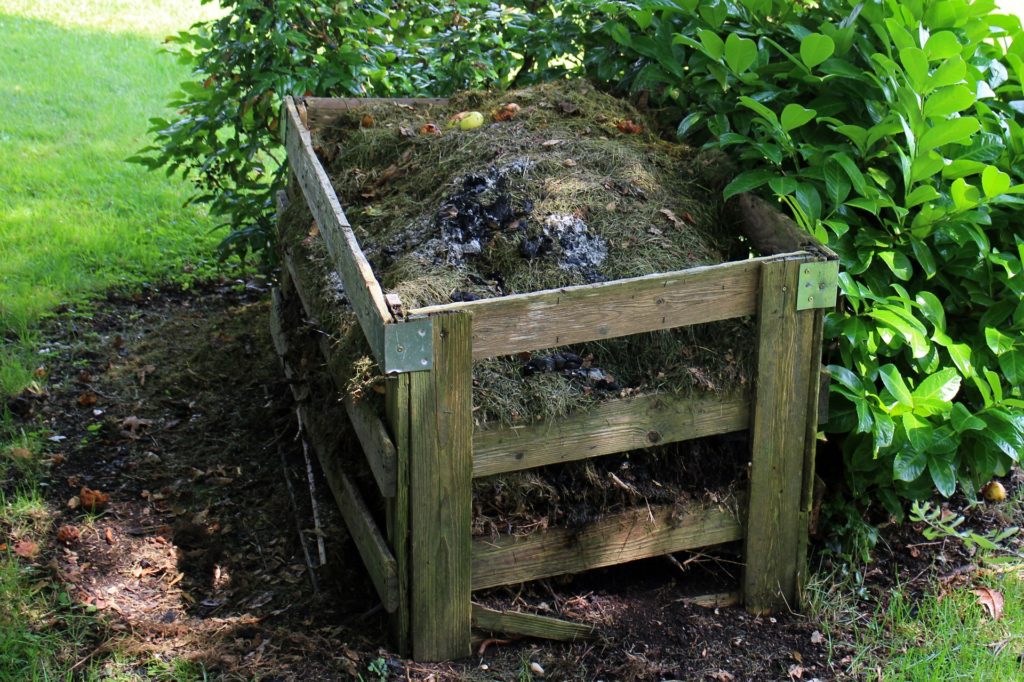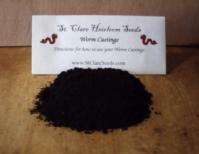
Benefits of Worm Castings
To Purchase Worm Castings Now, Click Here!
Free Shipping!
Our Worm Castings are Organic and Lab Tested 99% Pure!

Worm castings (a.k.a. worm manure, vermicompost, or worm excreta) are rich in plant nutrients, trace minerals and growth enhancers, and incorporating castings into the soil significantly increases microbial life in the root zone. Worm castings are extremely beneficial in that they stimulate plant growth more than any other natural product, enhance the ability of your soil to retain water, and also inhibit root diseases such as root rot. The humus in worm castings removes toxins and harmful fungi and bacteria from the soil. Worm Castings therefore have the ability to fight off plant diseases.
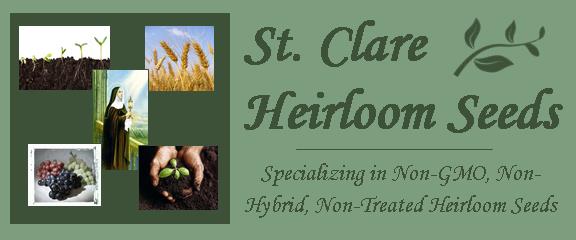
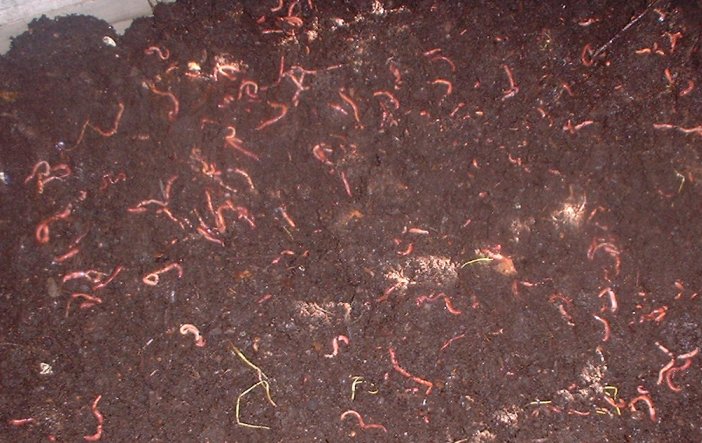
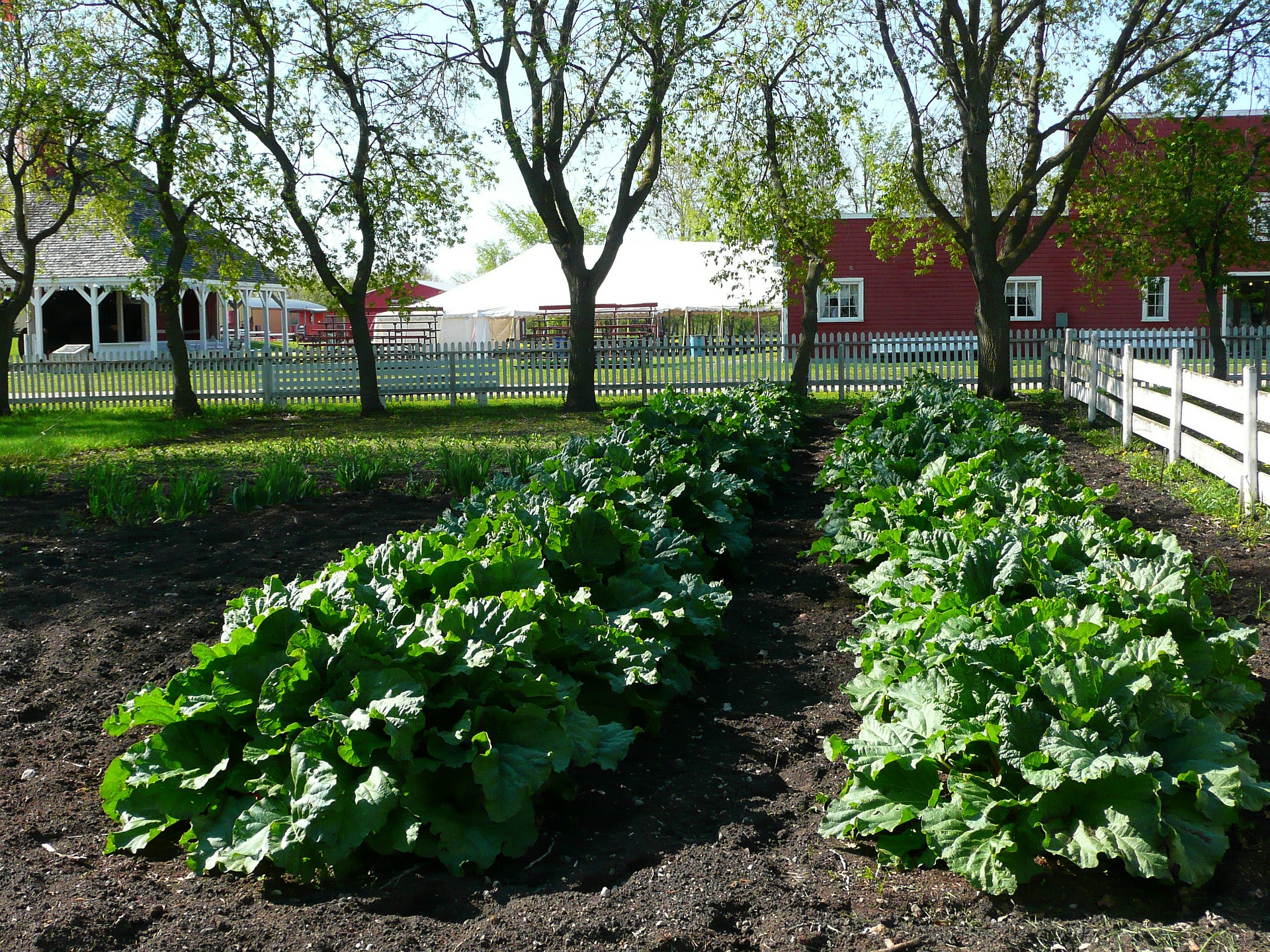
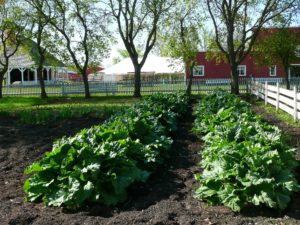 Selecting a Garden Site for your
Selecting a Garden Site for your